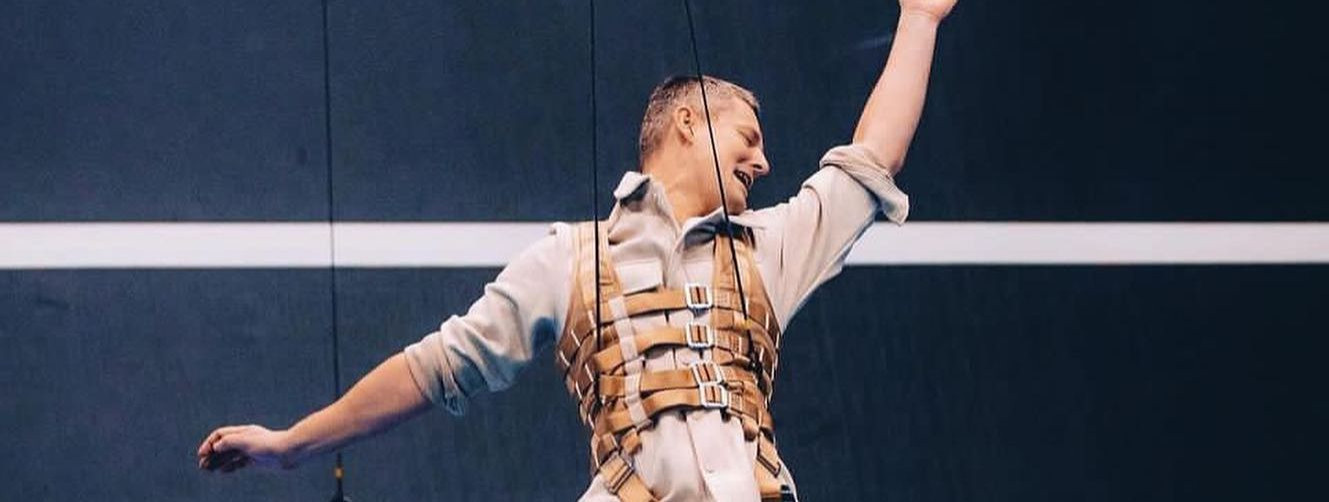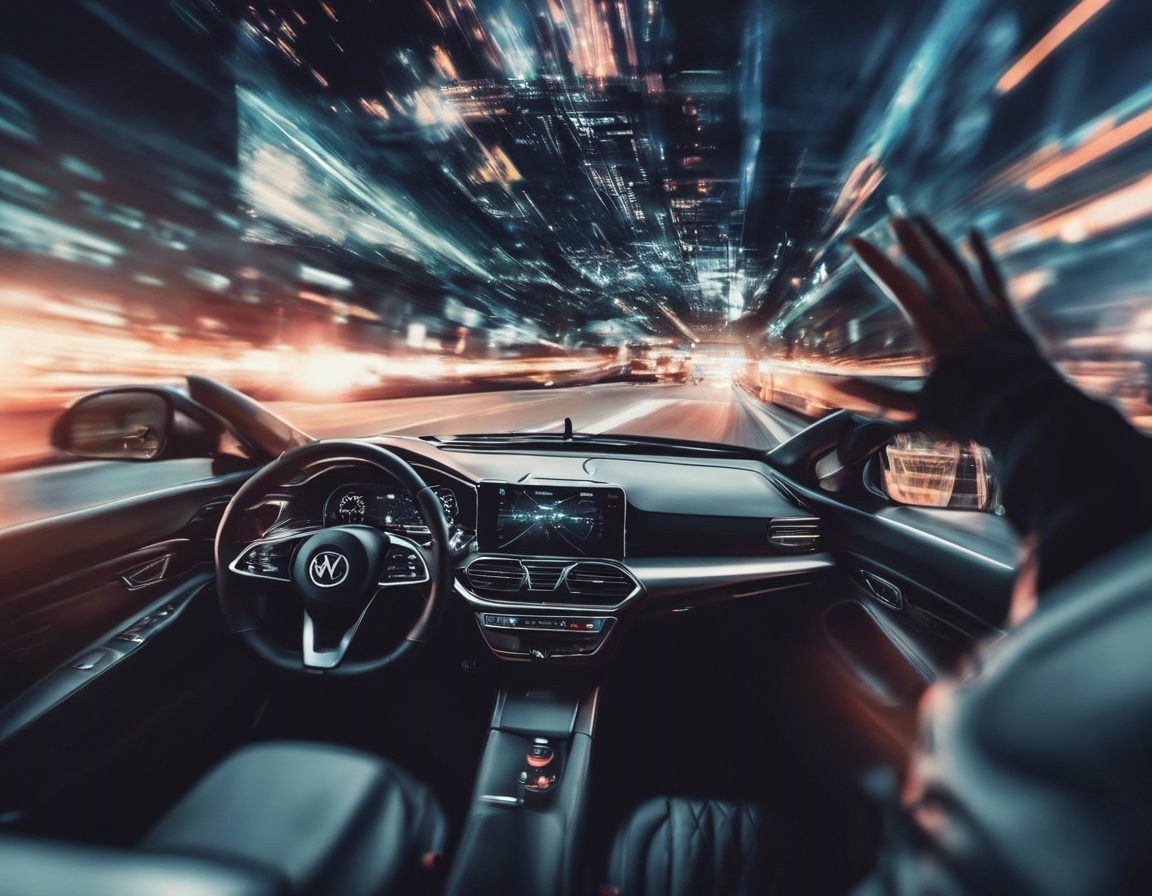Behind the lens: the technology driving modern stunt rigging
Stunt rigging has come a long way from the early days of cinema. What once relied on sheer physical prowess and simple mechanical devices has evolved into a sophisticated discipline that blends art and science. Today's stunt rigging incorporates cutting-edge technology to create scenes that are both breathtaking and safe for performers.
Technology plays a pivotal role in modern stunt rigging. It allows for the design and execution of complex action sequences that would be impossible or prohibitively dangerous to perform without technological assistance. By leveraging the latest advancements, stunt coordinators can push the boundaries of what's possible on screen.
Core Technologies in Stunt Rigging
Computer-Aided Design (CAD) software is essential for visualizing and planning stunts. It enables precise calculations and simulations, ensuring that every aspect of the stunt is choreographed for maximum effect and safety.
Automated control systems are at the heart of modern stunt rigging. These systems allow for precise timing and movement of rigging equipment, which is crucial for coordinating complex sequences.
Wireless communication technologies enable remote operation of rigging systems, allowing for quick adjustments and real-time control from a safe distance. This is particularly important in scenarios where direct human intervention would be risky.
The use of advanced materials and fabrication techniques has led to the development of lighter, stronger, and more flexible rigging equipment. This not only enhances the safety of stunt performers but also expands the creative possibilities for stunt design.
Innovations in Stunt Rigging Equipment
Modern descenders and winches are engineered for smooth operation and precise control. They are integral to executing high-speed drops and aerial maneuvers with pinpoint accuracy.
Today's body harnesses and safety gear are tailored to the needs of stunt performers, providing comfort without compromising on protection. They are designed to distribute forces evenly and reduce the risk of injury during stunts.
Specialized rigging hardware, such as pulleys, carabiners, and shock absorbers, are constantly being refined to meet the demands of modern stunt work. These innovations allow for more dynamic and visually stunning stunts.
Integrating Stunt Rigging with Visual Effects
The integration of practical stunts with computer-generated imagery (CGI) has revolutionized the film industry. This synergy allows for seamless blending of real-world action with digital enhancements, creating a more immersive experience for the audience.
Previsualization and virtual production tools enable directors and stunt coordinators to experiment with stunts in a digital environment before executing them on set. This not only saves time and resources but also ensures that the envisioned stunts are feasible and safe.
Ensuring Safety in Stunt Rigging
Risk assessment and meticulous planning are the first steps in ensuring safety in stunt rigging. By identifying potential hazards and developing contingency plans, stunt teams can mitigate risks and focus on delivering spectacular results.
Professional training and certification are crucial for stunt riggers and performers. These programs equip individuals with the knowledge and skills necessary to execute stunts safely and effectively.
Adhering to strict on-set safety protocols and being prepared for emergencies are essential practices in stunt rigging. These measures protect everyone involved in the stunt process and ensure that production can proceed without incident.






Comments (0)